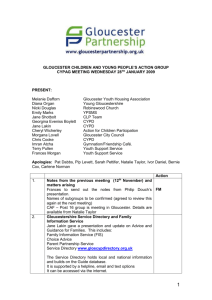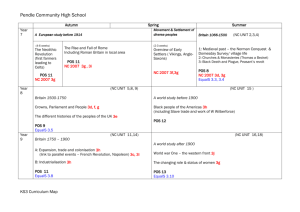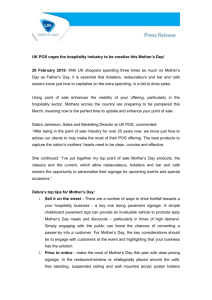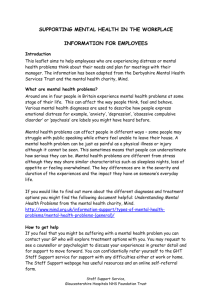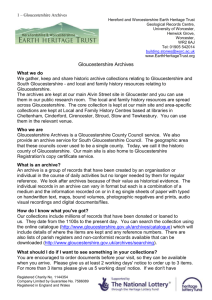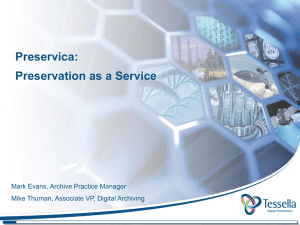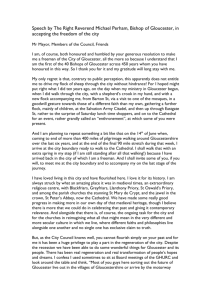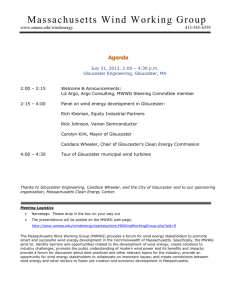Resourcing the new history curriculum
advertisement
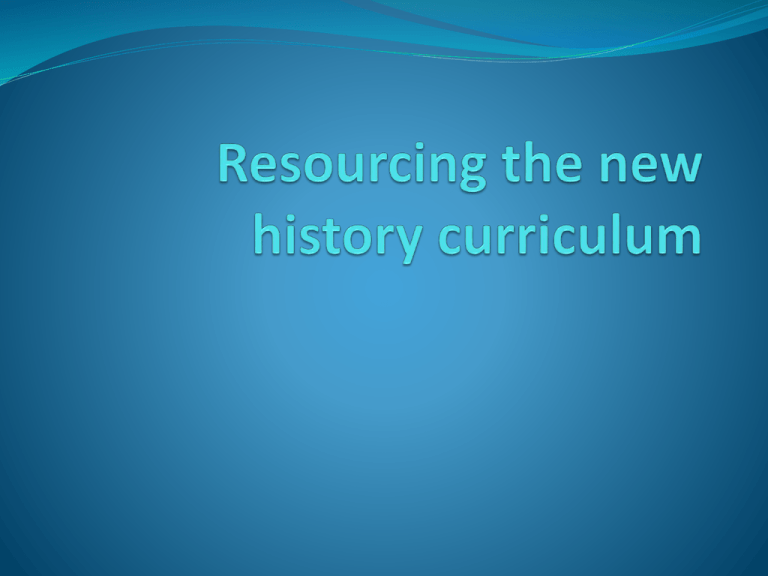
Aims To develop knowledge and understanding of the key changes to the history curriculum from Sept 2014 To understand how we have responded to these changes when training BED and PGCE students how plan, teach and assess history To explore some key resources that are being used in BEd and PGCE modules to exemplify the new curriculum Interpreting the new curriculum Concepts, skills and knowledge Key concepts and historical skills are now described in the opening paragraph of the ‘subject content’ section of the PoS Subject knowledge is listed in the bullet pointed section of the PoS The lack of numbered points makes it difficult for students to reference their lesson plans to the PoS Students have been told that they will need to quote directly from these two sections of the PoS in their planning documentation Changes at KS1 ‘changes in their own lives and way of life of their family’ is replaced by ‘changes within living memory’ Reference to ‘the way of life of people in the more distant past’ does not appear in the new document. Reference to ‘the lives of significant individuals’ is still there, but there is a requirement to ‘compare aspects of life in different periods’ Increased emphasis on local history Changes at KS2 British history: Stone age – 1066 Local history study Study of an aspect or theme in British history that extends pupils’ chronological knowledge beyond 1066 Earliest civilisations (Ancient Sumer, Indus Valley, Ancient Egypt, Shang Dynasty Ancient China) Ancient Greece Non-European society (Baghdad c. AD 900, Mayan civilisation c.AD900, Benin (West Africa) c. Ad 9001300 At the University of Gloucestershire 2013-2014 Teaching to current curriculum and introducing students to aspects of the new curriculum e.g. new lectures on Stonehenge and Vikings, increased emphasis on local history and thematic units 2014-2015 Will teach students about the characteristics of effective history teaching with case studies from both curriculum documents. This will enable me to address the needs of students teaching in independent schools and academies who might not be following the new curriculum. Will broaden curriculum coverage as more resources are published. Top 5 best resources Key Stage 1: ‘Significant individuals’ BBC Learning Zone Class Clips: Famous people http://www.bbc.co.uk/learningzone/clips/ Key Stage 2: Local history (focus on a local person or local building) http://www.gloucestershire.gov.uk/archives/article/107703/Archive s-Homepage ‘Thomas: a Tudor Merchant living in Gloucester’ Gloucestershire Archives (available through the website) ‘Take One Prisoner’ A study of life in Gloucester Prison Gloucester Archives (available on CD from Glos Archives £5) ‘Take One: Prisoner’ resource New books Key Stage 2: Stone Age-Iron Age: ‘The Secrets of Stonehenge’ by Mick Manning & Brita Granstrom New books Key Stage 2: Thematic study: ‘A Street Through Time: A 12,000 year walk through history’ by Steve Noon Activity Explore one or both books. Record on a shared record sheet how these resources might be used with children.
